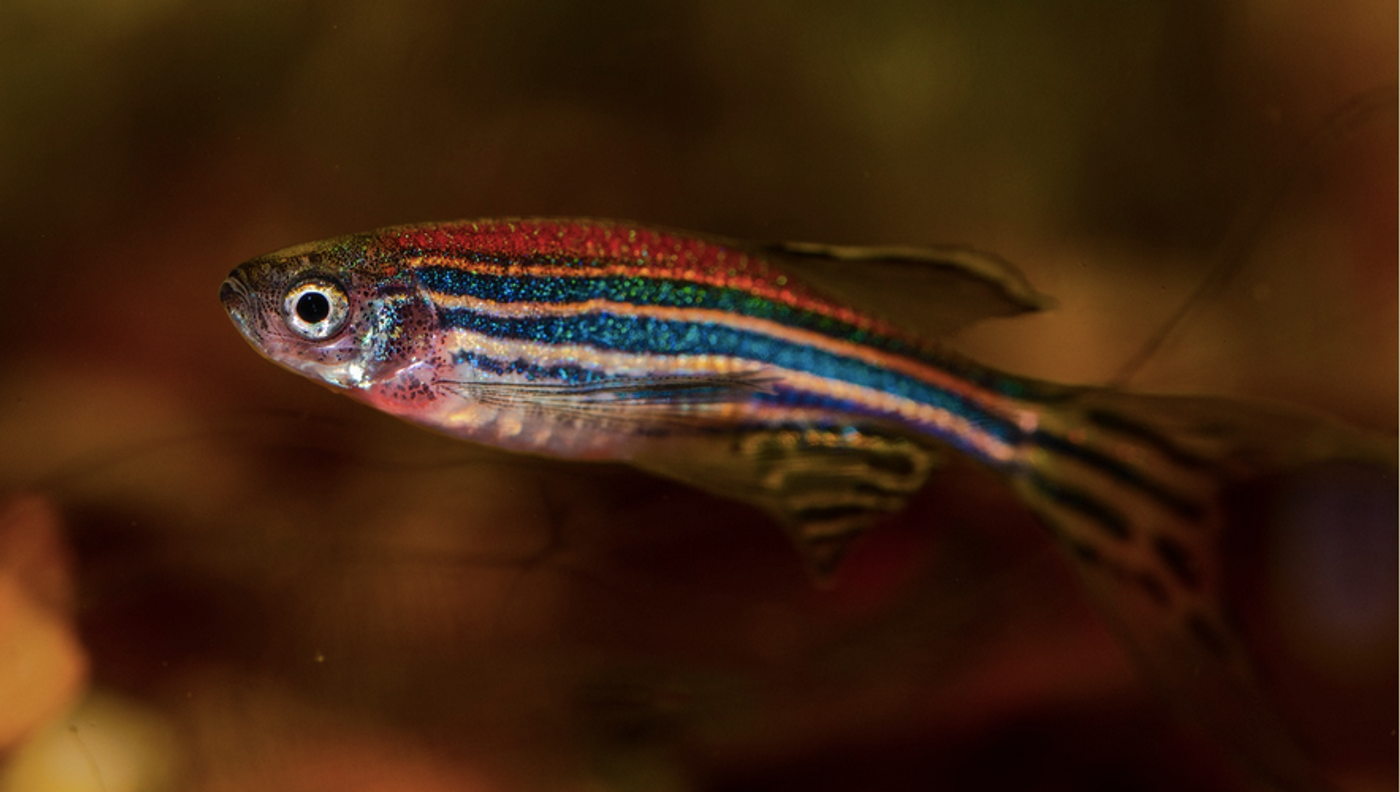A Method to Detect Genetically Modified Animals in the Environment
Genetically modified mice, fruit flies, and zebrafish are commonly used in research. Scientists have now developed a method for detecting the engineered genes they carry and may leave traces of in the environment. This tool could be used to locate genetically modified animals that have escaped the research lab or been released into the world. This study showed that transgenes from mice, fruit flies, and tetra fish that might leave remnants of their DNA behind in water or soil, so-called environmental DNA (eDNA) can be identified. The work has been reported in PLOS One.
“Until now, no one had applied these environmental DNA methods to genetically modified animals, even though they are already in the wild,” said McGill University graduate student and first study author Charles Xu. “Detection of animal transgenes from eDNA can be very useful because it can tell you whether genetically modified animals are there without the need to find them.”
Now that the cost and time required to perform genetic analysis and sequencing has been dramatically reduced, it's become much easier to analyze eDNA, sometimes by simply sequencing all of the DNA in a sample and using computational tools to identify the species represented by the sample, though this method does not require that. It relies on simply amplifying common transgenes that may be in eDNA using PCR.
It's also become far easier to create transgenic animals since the creation of the CRISPR-Cas9 gene editing tool, leading to a huge increase in the number of these animals. There is concern that some research animals could make their way into the wild.
Since aquarium fish that have been genetically modified to glow are already on the market, that may mean that they have already been released. Genetically modified mosquitoes have already been intentionally put into the wild. Animals that glow are often genetically modified to carry GFP, green fluorescent protein, which was found in the jellyfish Aequorea victoria. It's now a relatively straightforward process to add the DNA sequence of GFP to the DNA sequence of a gene of interest; the resulting protein will glow when it's produced in the modified organism, like mice or fish. Then researchers can monitor that protein in the tissues of animals. But otherwise, these genetically modified animals may appear normal.
“Because genetically modified animals are often indistinguishable from their natural counterparts based on appearance alone, environmental DNA or eDNA methods could be especially useful for early detection and monitoring purposes,” Xu added. “That is especially true in cases where these animals may escape from the lab or the farm, move to places they do not belong, or crossbreed with natural animals.”
Sources: McGill University, PLOS One









